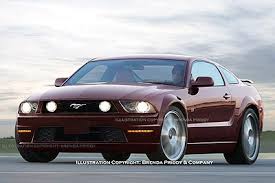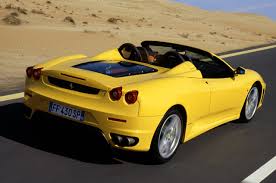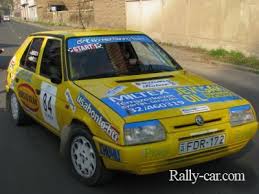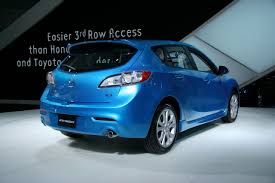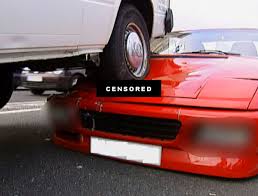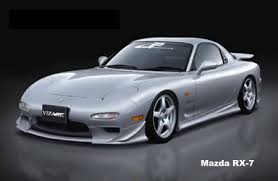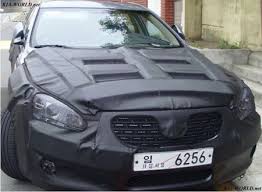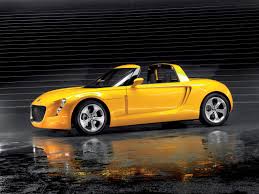
Steam power, usually using an oil- or gas-heated boiler, was also in use until the 1930s but had the major disadvantage of being unable to power the car until boiler pressure was available (although the newer models could achieve this in well under a minute). It has the advantage of being able to produce very low emissions as the combustion process can be carefully controlled. Its disadvantages include poor heat efficiency and extensive requirements for electric auxiliaries.[



